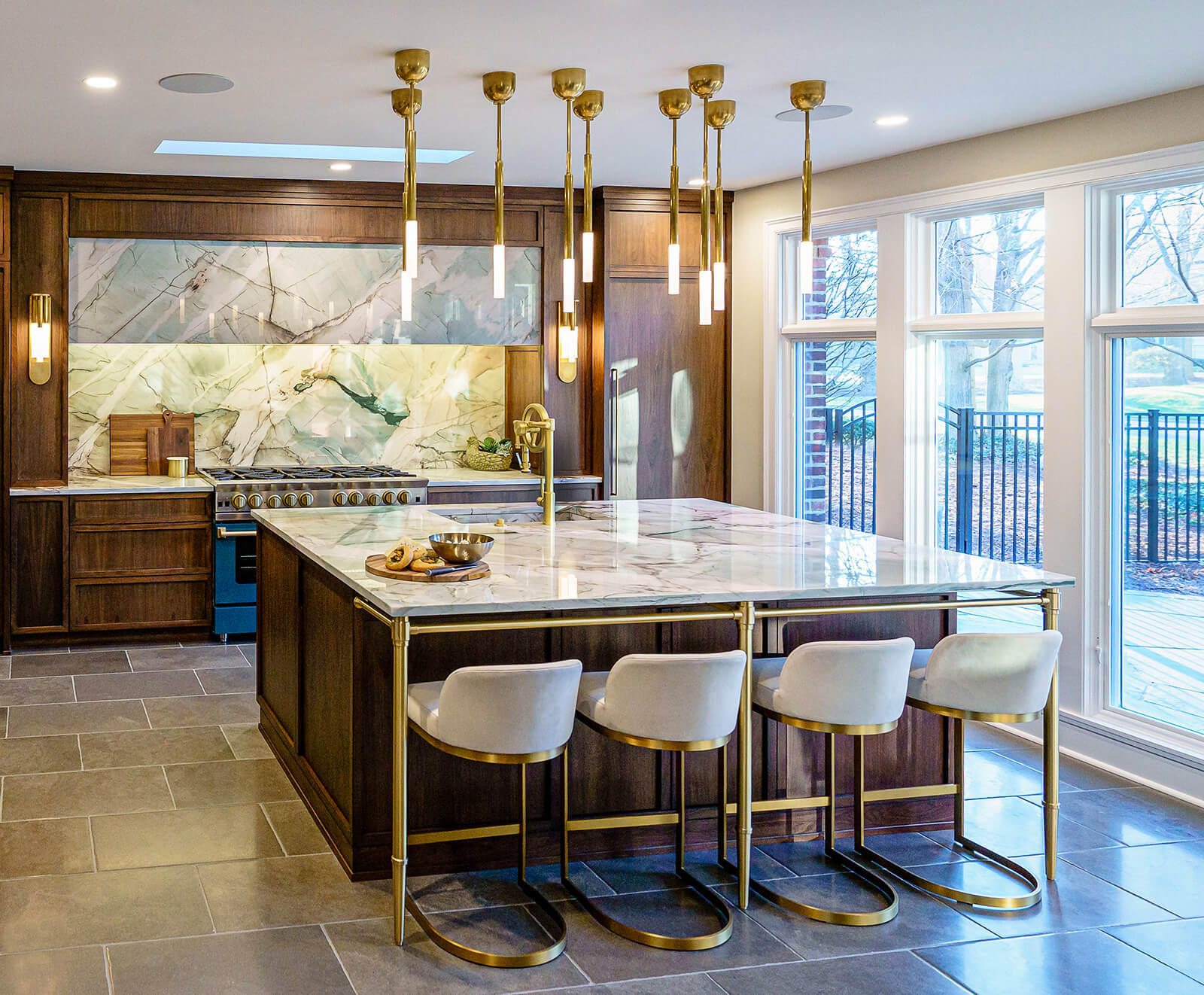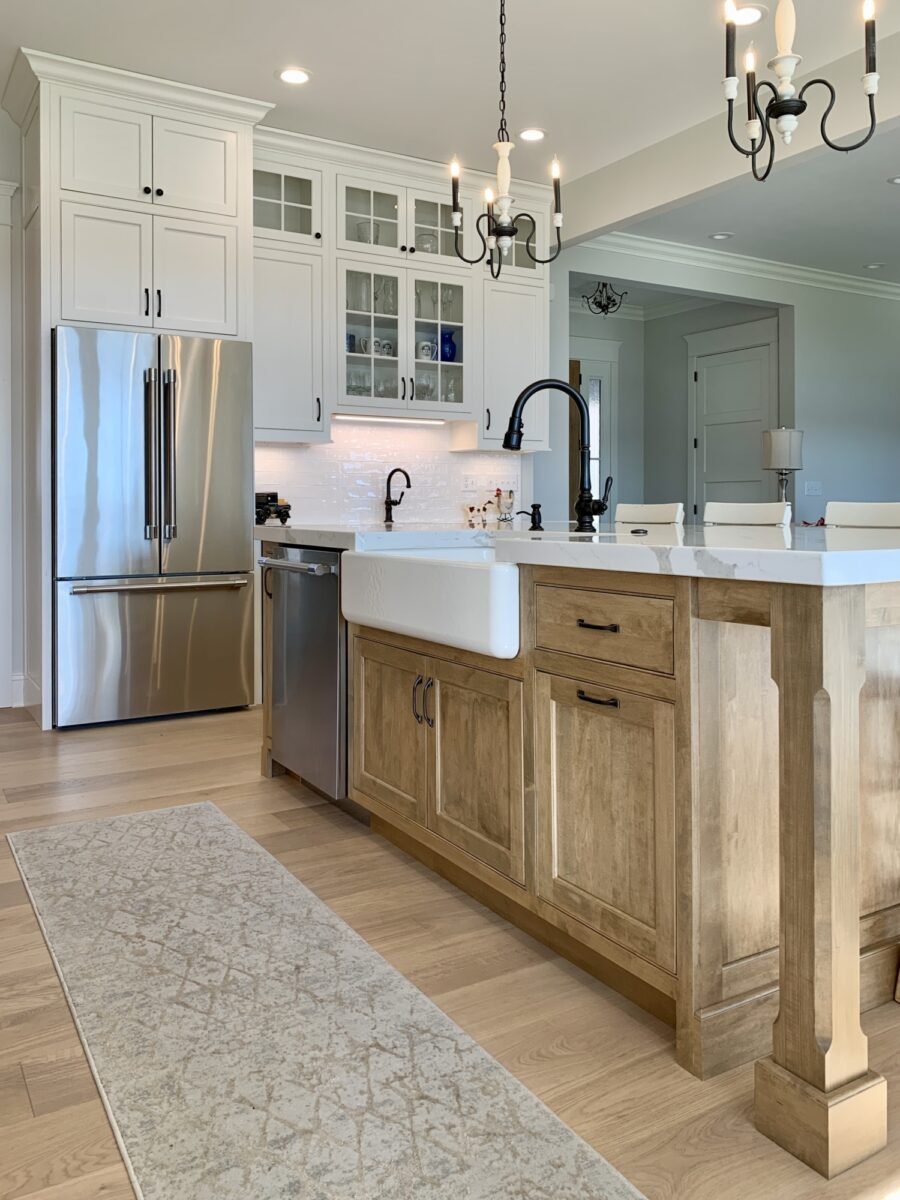Make Your Kitchen Island Stand Apart with Custom-made Legs For Kitchen Island
Make Your Kitchen Island Stand Apart with Custom-made Legs For Kitchen Island
Blog Article
Trick Considerations for Finding the most effective Legs For Kitchen Area Island for Your Layout
When choosing the ideal legs for your kitchen area island, several crucial factors to consider enter into play that can considerably influence both capability and looks. The option of style, material, and height need to align with your overall kitchen style to guarantee a harmonious appearance. Furthermore, security and upkeep demands are critical for lasting use and simplicity of treatment. Understanding these aspects can enhance your cooking area's functionality and aesthetic appeal, however the subtleties of each factor to consider can usually be overlooked. What effects might these selections carry your kitchen's general ambience?
Determine Your Style Preference
When picking the perfect legs for your kitchen island,Identifying your style preference is important. The legs of your cooking area island not just offer a useful objective yet additionally add substantially to the total visual of the room. Consequently, recognizing your layout style-- be it modern-day, rustic, typical, or commercial-- is essential.
For a modern cooking area, think about sleek, minimalistic legs that enhance clean lines and open spaces. Typical kitchen areas often prefer turned or luxuriant legs, which can add a touch of style and class.
Additionally, take into consideration the height and proportion of the legs in relationship to the island's surface. This makes certain the visual balance and capability necessary for daily usage. Analyzing the existing aspects in your cooking area, such as cabinetry and home appliances, can additionally guide your decision, making sure cohesiveness in layout. Ultimately, your style choice will certainly affect not only the choice of legs however additionally the total harmony of your kitchen's style.
Select the Right Material
Choosing the ideal product for your cooking area island legs is crucial in making certain both resilience and aesthetic appeal. Various products use distinctive benefits, and the selection usually mirrors your layout choices and practical demands.
Wood is a prominent choice, providing warmth and adaptability. It can be tarnished or repainted to match your kitchen area design, making it adaptable to various designs, from rustic to modern. Wood may require normal upkeep to preserve its appearance and honesty.

If you seek a distinct touch, take into consideration acrylic or glass materials. They can produce an impression of room and lightness in your kitchen area, making them a superb choice for smaller locations - Legs For Kitchen Island. Nonetheless, these options may need mindful handling and maintenance to avoid scratches.
Inevitably, the material you choose ought to line up with your cooking area's total layout, ensuring that the legs serve both practical and ornamental objectives.
Consider Height and Proportions
When developing a kitchen area island, elevation and percentages play a critical duty in making certain functionality and convenience. The conventional elevation for a cooking area island typically varies from 36 to 42 inches, straightening with standard counter elevations or bar elevations, specifically. This dimension is important for harmonizing with bordering stools and countertops, enabling ease of usage throughout meal prep work and social communications.
Furthermore, the island's percentages must match the overall kitchen area design. A well-proportioned island must not bewilder the area; instead, it ought to create a balanced aesthetic. Consider the proportion in between the island's width and size, ensuring it provides ample surface without crowding the kitchen area. A general standard is to maintain a size of 24 to 48 inches, helping with movement and access.
Additionally, the height of the legs or base can affect the visual charm and capability. Taller legs may offer a more modern-day, airy feeling, while much shorter ones can evoke a typical, grounded look. Ultimately, very carefully thinking about elevation and proportions will cause a kitchen island that is both aesthetically enticing and functionally effective, improving the total design of the area.
Assess Security and Resilience
A kitchen area island's legs have to not only match its elevation and percentages but likewise provide appropriate security and durability to support everyday tasks. The legs are necessary to the overall performance of the island, this contact form as they birth the weight of the kitchen counter and any additional loads, such as devices or food prep work jobs.
When evaluating security, it is critical to consider the leg design and material. Sturdy steel or strong hardwood legs usually offer superior toughness contrasted to lighter materials like engineered timber or plastic. In addition, a bigger base can boost security, lowering the threat of tipping or tottering during use.
Sturdiness is similarly essential; the legs ought to resist wear and tear from day-to-day usage. Take into consideration surfaces that secure against scratches, damages, and dampness, particularly in a kitchen area environment. Furthermore, review the quality of construction, such as joints and attachments, which can substantially impact the legs' long-term efficiency.
Eventually, purchasing well-crafted legs that focus on stability and durability will certainly ensure your cooking area island stays a trustworthy work area for several years to find, enhancing your cooking experiences while maintaining visual appeal.
Variable in Maintenance and Treatment
Maintenance and treatment are crucial factors to consider for guaranteeing the long life and performance of cooking area island legs. When selecting legs, it is vital to examine the products utilized, Home Page as various options need differing levels of maintenance. Wooden legs may need routine refinishing or sealing to stop dampness damages and scratches, while metal legs might require normal polishing to preserve their luster and protect against rust.
Furthermore, the coating used to the legs can influence maintenance requirements. A high-gloss layer may be simpler to tidy yet can reveal scratches and finger prints extra conveniently than a Look At This matte finish. It is recommended to select materials and surfaces that enhance your way of living; as an example, if you frequently hold events, select sturdy products that can withstand deterioration.
Furthermore, think about the cleansing procedure included in keeping these legs. Smooth surface areas commonly call for very little initiative, while complex styles might gather dirt and crud, demanding even more labor-intensive cleaning techniques. Legs For Kitchen Island. Eventually, factoring in the maintenance and care needed for your picked cooking area island legs will certainly not only enhance their aesthetic appeal but additionally guarantee their practical stability in time
Conclusion
Finally, picking the optimum legs for a cooking area island requires careful factor to consider of different elements, including layout style, product choice, elevation, security, and maintenance. Each component plays a crucial function in guaranteeing that the legs not only enhance the visual charm of the kitchen yet likewise provide the essential support and resilience for day-to-day use. A well-informed choice will ultimately add to a functional and aesthetically pleasing kitchen area environment.
The legs of your kitchen area island not only offer a functional function but likewise add substantially to the overall visual of the space.Maintenance and treatment are vital factors to consider for making sure the longevity and performance of cooking area island legs. Wooden legs may call for periodic refinishing or securing to protect against wetness damages and scrapes, while metal legs might require regular brightening to preserve their sparkle and prevent corrosion.
Inevitably, factoring in the maintenance and care needed for your picked kitchen island legs will not just boost their aesthetic appeal however additionally ensure their functional stability over time.

Report this page